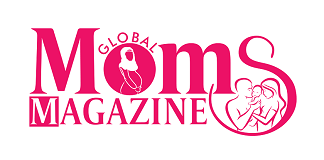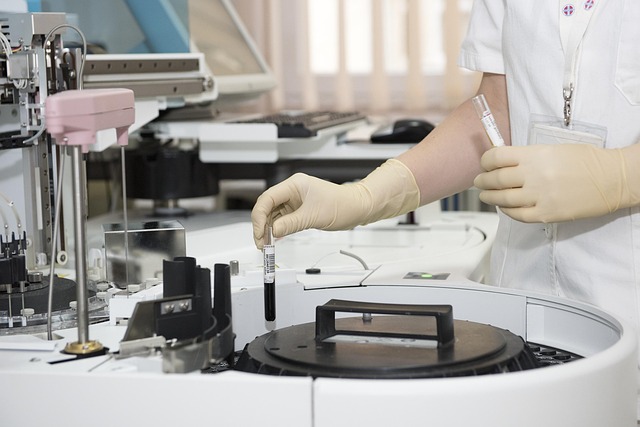A doctor typing frantic notes while a patient waits, absentmindedly fixating on a computer screen instead of making meaningful eye contact. This happens thousands of times a day in healthcare facilities throughout the country, we don’t have to continue accepting that anymore. AI in Healthcare Market is expected to grow at an astonishing CAGR of 48.1% from 2024 to 2029. Revolutionary scribe tool technology is changing everything about how medical professionals handle documentation, giving them back precious time to actually connect with their patients.
Read more:
- How Electronic Health Records Are Shaping Mental Health Care
- What Causes Mental Health Issues in Moms and How to Recover?
- What to Do When Your Child Has a Health Issue?
Understanding AI Medical Scribes: Technology Deep Dive
With physicians drowning in 2+ hours of documentation for every hour of patient care, the promise of AI medical scribes offers a lifeline—but how exactly does this revolutionary technology work? Modern clinical notes ai systems are transforming how healthcare providers capture and organize patient information during consultations.
Core Technologies Behind AI Medical Scribes
The backbone of these systems relies on sophisticated Natural Language Processing that understands medical terminology like never before. These aren’t your typical voice recognition programs – they’re trained specifically on healthcare conversations and can distinguish between “hypertension” and “hypotension” with remarkable accuracy.
Machine learning algorithms continuously improve their understanding of clinical context. They learn from millions of doctor-patient interactions, getting better at recognizing when a physician mentions a diagnosis versus a differential diagnosis. Real-time processing capabilities mean these systems work as conversations happen, not after the fact.
Types of AI Note-Taking Solutions
Having looked at the advanced NLP and machine learning technologies behind these systems, it’s time to look at the types of solutions and technical deployment models available to healthcare organizations.
Real-time ambient scribes listen to entire conversations without requiring specific commands or activation. In contrast, dictation-based systems require a physician to speak directly, which is important to note. Cloud-based platforms have the benefit of real-time updates, based on the Internet, while on-premise devices have another advantage of allowing organizations to take greater control of their data for privacy and security purposes.
Some AI note-taking platforms focus on specializations, such as cardiology or psychiatry, while others are intended to be applicable across all specialties.
Clinical Documentation Transformation Metrics
Understanding the technology is just the beginning—the real proof lies in the measurable impact these AI systems are delivering across healthcare settings. The numbers tell an incredible story of transformation that’s happening right now.
Time Savings and Efficiency Gains
Average documentation time reduction hits an impressive 70-85% improvement rate across most implementations. That’s not a typo – physicians are literally getting hours of their day back. Many healthcare systems report that doctors can see additional patients or finally leave work on time.
AI note taker free trials consistently show immediate productivity gains within the first week of use. After-hours charting, once the bane of every physician’s existence, has become virtually eliminated. Productivity benchmarks vary by specialty, but emergency medicine and family practice see the most dramatic improvements.
Documentation Quality and Accuracy Improvements
Beyond the impressive time savings of 70-85% reduction in documentation hours, AI scribes are simultaneously elevating the quality and accuracy of clinical records in ways that traditional methods simply cannot match.
Error reduction rates in ai notes systems often exceed 60% compared to manual entry. These systems don’t get tired, don’t have bad handwriting, and don’t forget to document important details mentioned during patient visits. Standardization benefits help ensure consistency across entire healthcare teams, making it easier for specialists to understand referral notes and follow-up care recommendations.
Best AI Note Taking App Features for Healthcare
These remarkable efficiency and quality improvements don’t happen by accident—they’re the result of specific technological capabilities that separate leading solutions from the rest. Smart healthcare organizations know exactly what to look for when evaluating options.
Essential Features Comparison Framework
Voice recognition accuracy rates matter enormously, but medical vocabulary coverage separates good systems from great ones. The best AI note-taking app solutions achieve 95%+ accuracy on medical terminology that would stump consumer-grade voice recognition.
EHR integration capabilities determine whether your new system feels seamless or becomes another workflow headache. Multi-language support is no longer an option but a requirement of diverse patient populations. If a mobile app is involved, such as a tablet, phone or desktop, there will be some easy way for doctors to take notes while providing care.
Advanced Capabilities Driving Innovation
While core features like voice recognition and EHR integration form the foundation, it’s the advanced capabilities that truly differentiate premium AI scribe solutions and drive long-term value for healthcare organizations.
Predictive text and auto-completion reduce the cognitive load on physicians by suggesting common medical phrases. Template customization allows specialists to create documentation formats that match their specific workflow needs.
Quality assurance tools automatically review notes for completeness and accuracy before they’re finalized.
Implementation Strategy for AI Medical Scribes
Knowing which features matter most is only half the battle—successful AI scribe deployment requires a strategic, phased approach that minimizes disruption while maximizing adoption. The most successful implementations follow proven methodologies.
Pre-Implementation Assessment Framework
Current documentation workflow analysis reveals exactly where time gets wasted in existing processes. Staff often don’t realize how much time they spend on documentation until they track it systematically. EHR compatibility evaluation prevents nasty surprises during integration.
Technology readiness varies enormously across healthcare organizations. Some staff embrace new tools immediately, while others need extensive support and training. Budget allocation should account for both software costs and implementation time.
Phased Rollout Best Practices
Once you’ve completed your thorough assessment and established readiness benchmarks, the key to sustainable success lies in executing a carefully orchestrated rollout strategy.
Pilot programs work best when they start with enthusiastic early adopters who can become internal champions. Training protocols should be hands-on and specialty-specific rather than generic technology training. Change management strategies need to address legitimate concerns about job security and workflow disruption.
Performance monitoring helps identify issues before they become major problems.
FAQs
How can artificial intelligence improve clinical documentation?
AI tools improve documentation by structuring data, annotating notes, evaluating quality, identifying trends, and detecting errors. Other AI-enabled tools assist clinicians in real-time during office visits, but moderate accuracy precludes broad implementation.
How AI scribes boost physician efficiency in clinical documentation?
Transforming The Clinical Documentation Process With Medical AI Scribes. Medical AI scribes are reducing the administrative burden from the time of appointments through follow-up care by listening in on appointments and generating dialogue flows to draft comprehensive clinical documentation for physician approval.
Will AI take over medical scribing?
Is AI medical scribing replacing human medical scribes? No, AI enhances the work of human scribes rather than replacing them. AI handles repetitive tasks, while human scribes continue to ensure data accuracy and provide quality control.
The Future of Healthcare Documentation
AI medical scribes represent more than just technological advancement – they’re restoring the human element to healthcare. When doctors engage with patients instead of screens, it benefits everybody. That shift is not coming someday, it’s happening right now in hospitals and clinics around the country.
What may be most remarkable about this revolution is how quickly it’s becoming commonplace. Healthcare will never go back to the old way of doing things.

